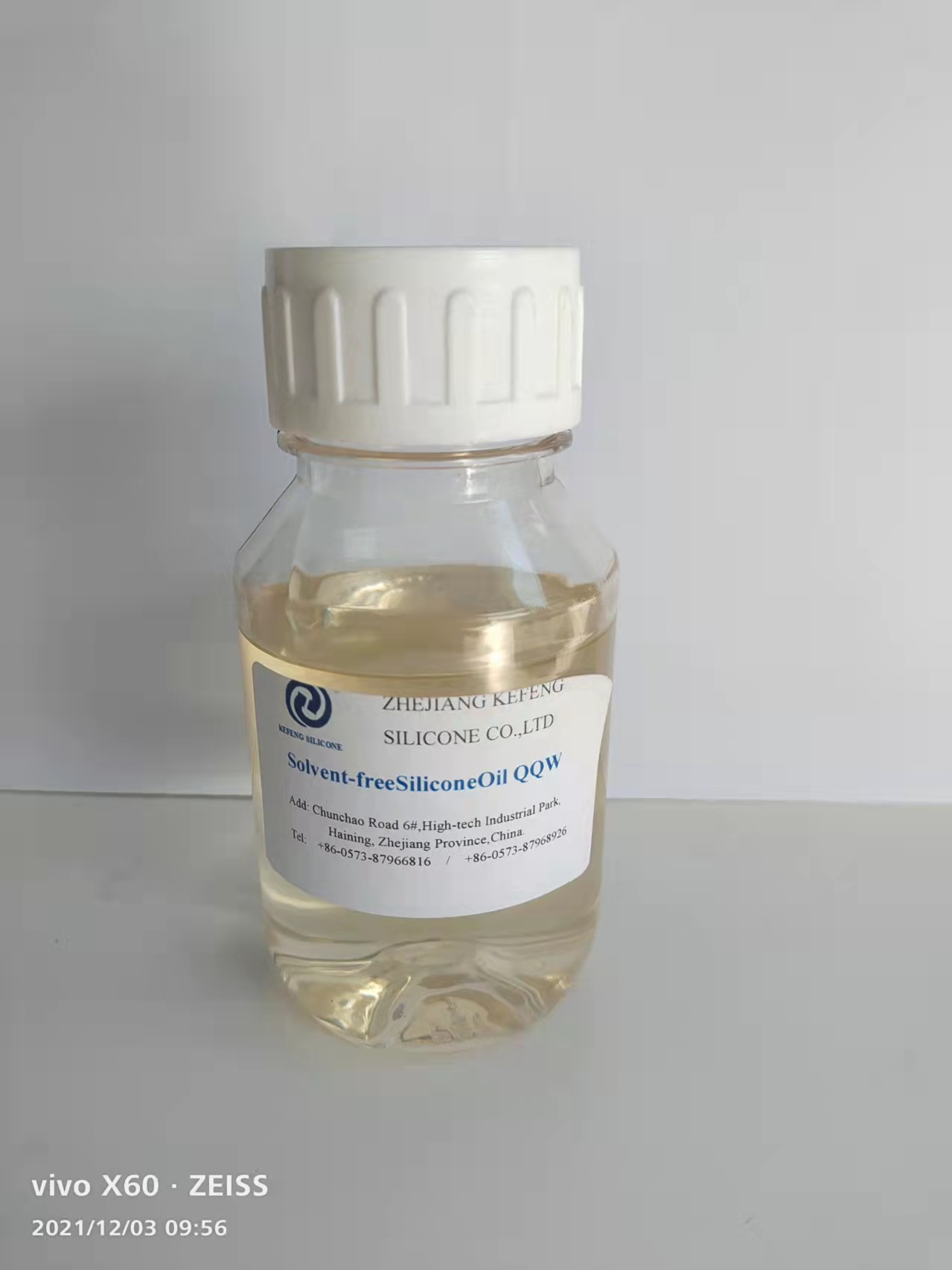

Views: 13 Author: Site Editor Publish Time: 2022-03-16 Origin: Site

Textile auxiliaries are a diverse group of chemicals and substances that are used in textile production and finishing processes. These products are usually chemically fashioned and are employed in the dyeing and printing processes. Several companies are active in the global textile auxiliary market and have developed numerous specialty chemicals to improve the quality of fabrics. Some of the most popular textile auxiliaries include bleaches, degreasers, cleaning agents, and other types of additives.
Textile auxiliaries are available in various forms and have a wide range of applications. They come in amphoteric and cationic formulations. Some of the most widely used textile auxiliaries include lanolin, peroxide kille, desizing agents, anti-pilling agents, and bleaching agents. They are also used for special finishing effects and water repellency.
The textile auxiliaries market is dominated by Asia-Pacific, where the demand for these chemicals is the highest. The upsurge in the Asian Pacific region is attributed to the production of denim, apparel, and home furnishings. The market for these chemicals is expected to increase substantially in the coming years. Further, there are opportunities for exporters of textile auxiliaries in other regions. They are an indispensable part of the industry and have a wide variety of applications.
Textile auxiliaries are a crucial part of textile processing. They improve the efficiency of processing operations by providing specific effects. Depending on the application, they can provide color deepening, water repellency, anti-odor, and fragrance finish. They are used in the washing and dyeing processes to make textile products more durable. Amphoteric and surfactant forms of textile auxiliaries are available in the market.
The textile auxiliaries used in textile processing are a variety of chemicals used to produce fabrics. Some of the commonly used textile auxiliaries include pre-treatment chemicals, dyes, and a variety of other ingredients. They are also categorized into different groups according to their purpose. Some of these chemicals are cationic, whereas others are non-ionic and have amphoteric properties.
Textile auxiliaries are synthetic chemical compounds that improve textile processing operations by providing specific effects. The textile auxiliaries are used to increase the strength of fabric and prevent it from breaking. They also are used in dyeing and washing processes. These chemicals are essential for the manufacturing of all types of textiles. Besides, they are used to produce a variety of effects, including softening, anti-static, and anti-odor.
Textile auxiliaries are chemical products used in textile production processes. Among the most important types are dyeing agents and sizing agents. Other types of textile auxiliaries include emulsifiers and fluorescent whitening agents. They can enhance the value of textiles and make them more functional. In addition, they can enhance the colors of fabrics and improve the resiliency of the fibers.
